An Effective Geometric Modeling Method for 3D Lattice Structures Using Volumetric Distance Field
DOI: 10.23977/jemm.2018.31004 | Downloads: 74 | Views: 4707
Author(s)
Yan Liang 1, Dong Jin Yoo 2, Huimin Han 1
Affiliation(s)
1 Department of Mechanical and Electrical Engineering, Hainan Institute of Science and Technology, No. 18 Qiong Shan Road, Mei Lan District, Hai Kou City, China.
2 Department of Computer Aided Mechanical Design Engineering, Daejin University, Sundan-dong, San 11-1, Pocheon-si 487-711, South Korea.
Corresponding Author
Yan LiangABSTRACT
An effective method for 3D lattice structure design is proposed using the volumetric distance field (VDF) based on analytic shape functions. By the innovative synthesis of lattice structure and VDF-based Boolean operations, a variety of computational models with intricate exterior shape and arbitrary lattice structure can be constructed. The significant advantage is that this design method can be easily applied to design highly complex lattice structure models. The important parameters such as the cell type and the size of lattice structure are controllable in customized MATLAB program. Design results verify that the presented design method is efficient to generate 3D models with required lattice structure.
KEYWORDS
3D lattice structure, Volumetric distance field, AM.CITE THIS PAPER
Yan, L., Jin Yoo, D., Huimin, H., An Effective Geometric Modeling Method for 3D Lattice Structures Using Volumetric Distance Field. Journal of Engineering Mechanics and Machinery (2018) 3: 21-30.
REFERENCES
[1] A. Traverso, R. Bertone and A. F. Massardo, “Transient Modeling of a Rotary-Kiln Hydrolyser”, Journal of Mechanical Engineering, 2007, Vol. 6 (12), p511-523
[2] N.Guo and M. C. Leu, Additive Manufacturing: Technology, Applications and Research Needs. Frontiers of Mechanical Engineering, 2013, 8 (3): p215–243.
[3] D. W.Rosen, Research Supporting Principles for Design for Additive Manufacturing. Virtual and Physical Prototyping, 2014, 9 (4): p225–232.
[4] V. J.Challis, X. Xu, L. C. Zhang, A. P. Roberts, J. F. Grotowski, and T. B. Sercombe, High Specific Strength and Stiffness Structures Produced Using Selective Laser Melting. Materials and Design, 2014, 63: p783–788.
[5] J. E. Chen, W. Zhang, J. Liu, and M.Sun, Dynamic Properties of Truss Core Sandwich Plate with Tetrahedral Core. Composite Structures, 2015, 134: p869–882.
[6] C. Chu, G. Graf and D.W. Rosen, Design for Additive Manufacturing of Cellular Structures. Computer-Aided Design and Applications, 2008, 5 (5): p686–696.
[7] D. Stephen, F. Stefanie, W. F. Lu, J. Wei, Optimization of functionally graded lattice structures using isostatic lines. Materials & Design, 2017, 127 p215-223.
[8] D. Zwick, M. Muskulus and GeirMoe, Iterative optimization approach for the design of full-height lattice towers for offshore wind turbines. Energy Procedia, 2012, 24 p297-304.
[9] Y. X. Du, H. Z. Li, Z. Luo, Q. H. Tian, Topological design optimization. of lattice structures to maximize shear stiffness, Advances in Engineering Software, 2017, 112 p211-221.
[10] J. Brennan-Craddock, D. Brackett, R. Wildman, and R. Hague, The. Design of Impact Absorbing Structures for Additive Manufacture. Journal of Physics, 2012, 382 (1): p1–7.
[11] D. Cook, S. Newbauer, D. Pettis and S. Kumpaty, Effective Thermal Conductivities of Unit-Lattice Structures for Multi-Functional Components. In Proceedings of the 22nd Annual International Solid Freeform Fabrication Symposium, 2011, p696–718.
[12] H. L. Fan, W. Yang, B. Wang, Y. Yan, Q. Fu, D. Fang, and Z. Zhuang, Design and Manufacturing of a Composite Lattice Structure Reinforced by Continuous Carbon Fibers. Tsinghua Science and Technology, 2006, 11 (5): p515–522.
[13] X. Q. Xu, J. H. Shen, S. W. Zhou, X. D. Huang, Y. M. Xie, Design of lattice structures with controlled anisotropy. Materials and Design, 2016, 93: p443-447.
[14] S. J. Li, L. E. Murr, X. Y. Cheng, Z. B. Zhang, Y. L. Hao, R. Yang, F. Medina and R. B. Wicker, Compression Fatigue Behavior of Ti–6Al–4V Mesh Arrays Fabricated by Electron Beam Melting. Acta Material, 2012, 60 (3): p793–802.
[15] R. Raskar, M.S. Brown, R. Yang, W. Chen, G. Welch, H. Towles, B. Seales and H. Fuchs, Multi-projector displays using camera-based registration[C]//In IEEE Visualization. San Francisco, 1999.
[16] D.J. Yoo, H.H. Kwon, Shape reconstruction, shape manipulation, and direct generation of input data from point clouds for rapid prototyping. Int J Precis Eng Man, 2009, 10 (1) p103-113.
[17] D.J. Yoo, Advanced porous scaffold design using multi-void triply periodic minimal surface models with high surface area to volume ratio. Int J Precis Eng Man, 2014, 15 (8) p1657-1666.
[18] D.J. Yoo, New paradigms in internal architecture design and freeform fabrication of tissue engineering porous scaffolds. Med Eng Phys, 2012, 34 (6) p762-776.
[19] D.J. Yoo, Advanced projection image generation algorithm for fabrication of a tissue scaffold using volumetric distance field. Int J Precis Eng Man, 2014, 15 (10) p2117-2126.
[20] D.J. Yoo, K.H. Kim, an advanced multi-morphology porous scaffold design method using volumetric distance field and beta growth function. Int J Precis Eng Man, 2015, 16 (9) p2021-2032.
| Downloads: | 11123 |
|---|---|
| Visits: | 423389 |
Sponsors, Associates, and Links
-
Cybernetics and Mechatronics
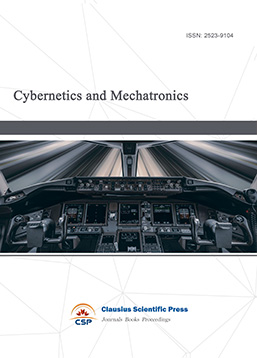
-
Digital Manufacturing and Process Management
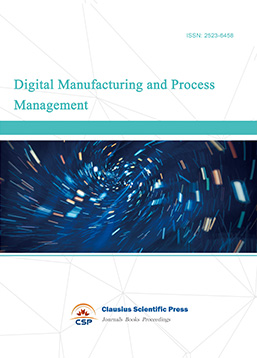
-
Ultra-Precision Machining Process

-
Journal of Robotics and Biomimetics
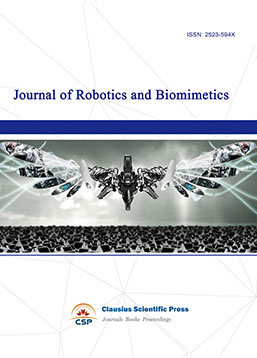
-
Prognostics, Diagnostics and Health Management

-
Micro-Electro-Mechanical Systems

-
Journal of Precision Instrument and Machinery
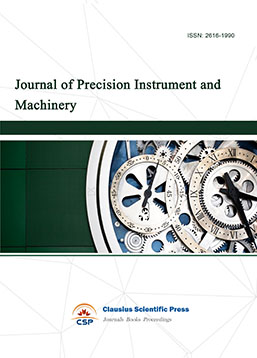
-
Engineering and Solid Mechanics

-
Fracture and Damage Mechanics
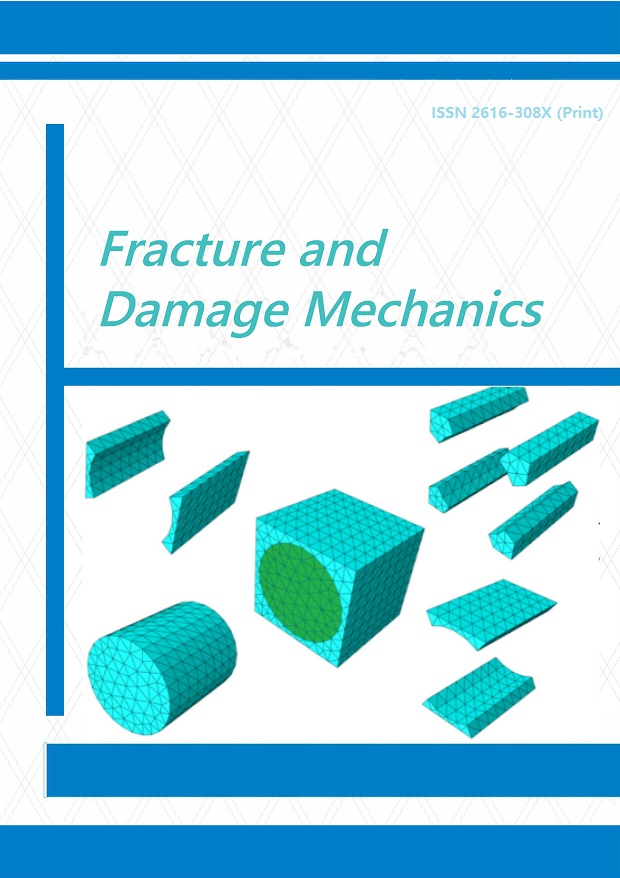
-
Frontiers in Tribology

-
Fluid and Power Machinery

-
Chemical Process Equipment
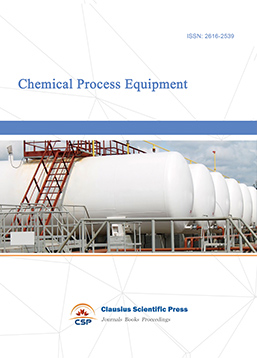
-
Journal of Assembly and Manufacturing
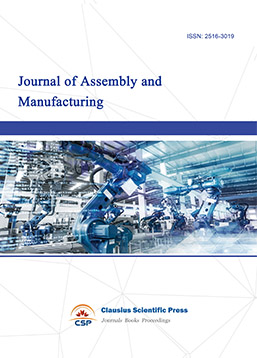
-
Mechanical Vibration and Noise


 Download as PDF
Download as PDF